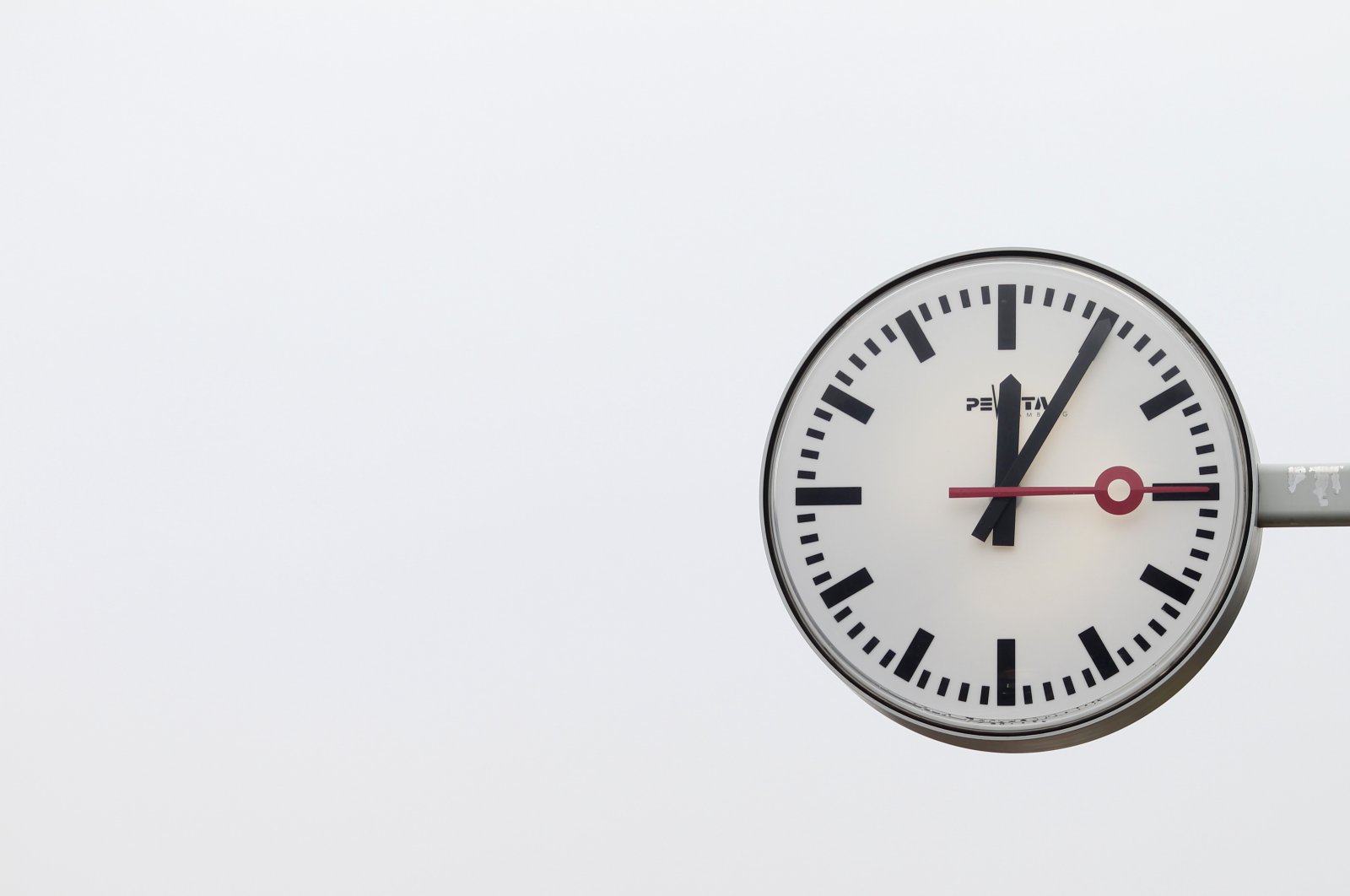
The way we measure a second has been changed multiple times throughout the last century in pursuit of greater accuracy. Currently, the precise length of a second is on the brink of experiencing another modification.
The next time someone responds with "just a second" to a request, they may not only be encouraged to respond more quickly but also face an inspection of their level of understanding.
In fairness, the same applies to most people: time, like the sand in an hourglass, is hard to grasp or define. Saint Augustine of Hippo famously described it as beyond definition or description, perhaps even an extension of human consciousness.
Painter Salvador Dali arguably took the idea further, with his half-melted timepieces, drooped and flaccid, suggesting a time to be something without meaning, even ineffable.
Albert Einstein theorized accurately, as it turned out, that time slows down as the pull of gravity increases, the mind-bending counter-intuitive implications of which were depicted in Christopher Nolan's film "Interstellar."
Even the second has "undergone multiple redefinitions," as the U.S. National Institute of Standards & Technology (NIST) has explained.
Listed since 1960 as "an international standard unit of measurement for time," the second was at first defined or measured by the rotation of the Earth relative to the cosmos.
But that was changed in 1967 to a definition based on energy levels in atoms – the so-called "atomic clock" – as the Earth's rotation can slow down and speed up depending on movements of its outer shell and the pull of the Moon, posing "a challenge for accurate timekeeping," according to NIST.
Old pendulum clocks from the 1500s lost 15 seconds per day, and even the latest quartz oscillator-based models, which are used in computers and mobile phones, lose about a second every 24 hours.
But the atomic clock by which the second is defined now and to which these other, less-punctual technologies align – that only loses a second every 150 million years. And in case that's not on-point enough for you, the latest "optical" atom-based timepieces are thought likely to lose a second only every 15 billion years.
The idea, according to NIST, is that by 2030 or thereabouts, the world will switch to lining up, as best it can, with the optical version.
So after 2030, everyone will be in sync, with no more showing up late for work or meetings? The bride no longer parading fashionably late down the aisle on her wedding day?
Probably not – at least when it comes to time itself. "When the definition does change, you are not likely to notice," NIST said.
But the tech upgrades needed to facilitate the changeover could see spin-offs. "Your GPS may be able to pinpoint your location even more accurately," NIST predicted, speculating in turn about related improvements in advanced communications and computing.
